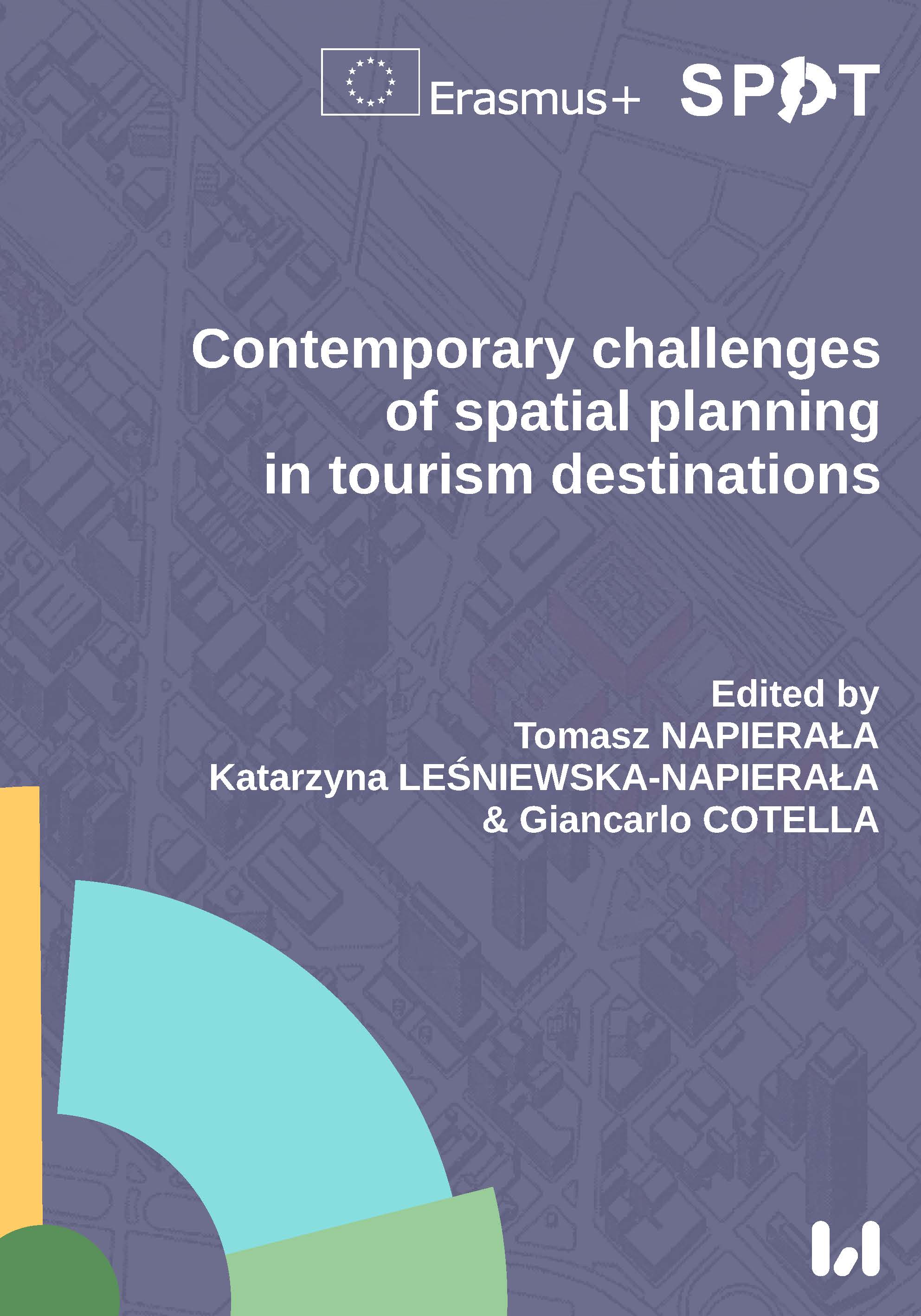The planning system in Norway with focus on mountain destinations
The planning system in Norway with focus on mountain destinations
Author(s): Even Tjørve
Subject(s): Geography, Regional studies, Regional Geography
Published by: Wydawnictwo Uniwersytetu Łódzkiego
Summary/Abstract: Summarizing, the biggest challenges of spatial planning for tourism destinations and second-home devopments in the mountain regions in south-eastern Norway are the: ƒ conflict between production and protection of nature; - private planning replacing public planning; - lack of competence and capacity for planning at the municipality level; - the present plan- and building act being partly outdated and unable to function as a regulatory tool in a planning regime increasingly handed over to the private and market forces, causing a piece-by-piece deveopment of mountain areas with no totallity in the planning; -two regimes for planning and management, one for protected land (where the county is the authority) and for other land areas (where the municipality is the authority); more private planning combined with lack of competence and capacity at the municipality level has fueled a neoliberal planning culture where the role of local and regional governments has gone from governance to governmental assistance to stimulate development (Fimreite et al., 2005); - lack of planning at the local level prevents the development of stategies adapted to the location and conditions for tourism development in the municipality (for example, taking considerations such as distance to markets and the location and extent of commerce and services in the local community). This seems to affect the market for second homes in particular (see Figure 2 & 3).
Book: Contemporary challenges of spatial planning in tourism destinations
- Page Range: 45-60
- Page Count: 16
- Publication Year: 2022
- Language: English
- Content File-PDF

